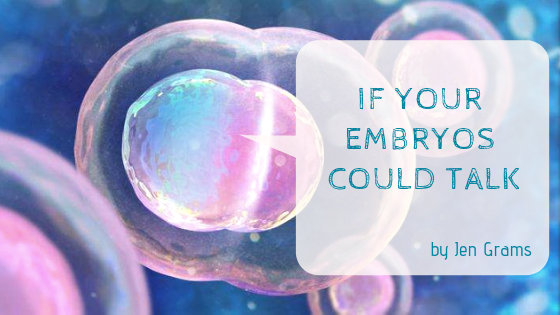“You cannot start a relationship on a lie and expect a high level of openness in return.” ~ A Snowflakes Embryo Adoption Mother Curiosity about our origins is natural, and thanks to programs like Ancestry DNA and 23andMe, uncovering this information has never been easier. It's a fantastic tool for discovering relatives and exploring your […]











